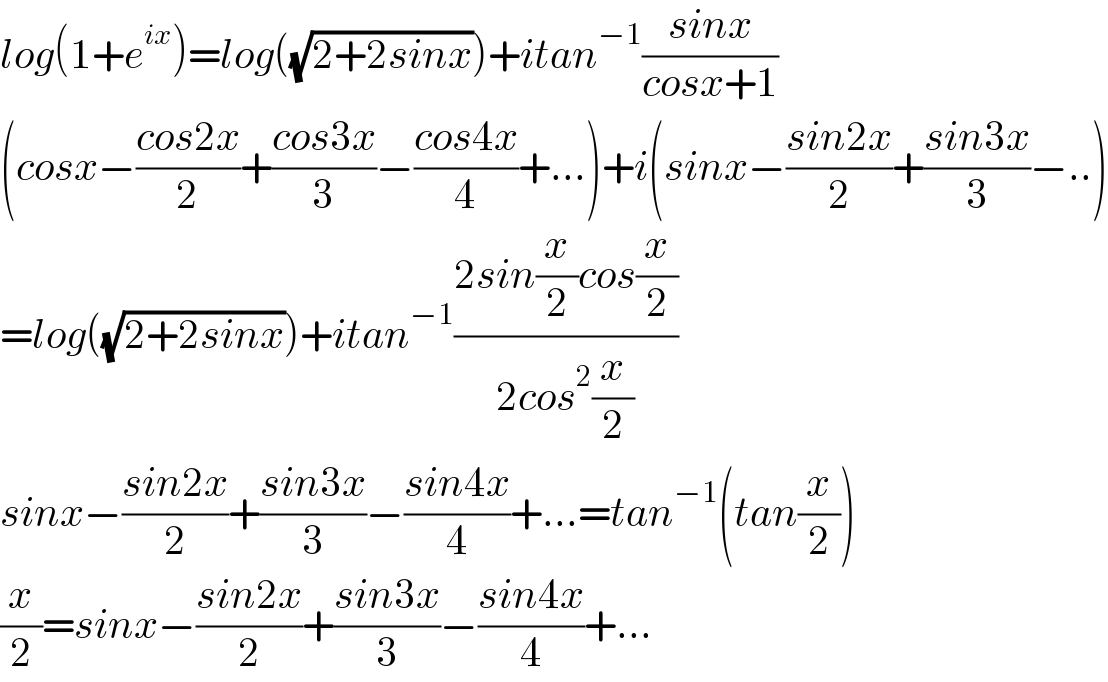
Question and Answers Forum
Question Number 134328 by BHOOPENDRA last updated on 02/Mar/21

Answered by Dwaipayan Shikari last updated on 02/Mar/21

Commented byDwaipayan Shikari last updated on 02/Mar/21

Commented byBHOOPENDRA last updated on 02/Mar/21

